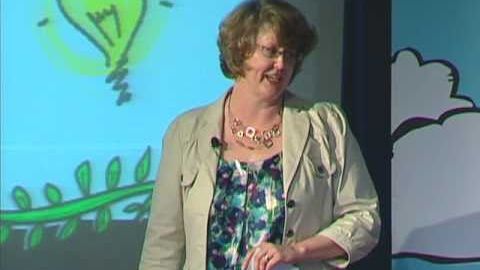2010年用戶體驗周|凱特-拉特|創意文化的藍圖。 (UX Week 2010 | Kate Rutter | Blueprints for a Creative Culture)
Vista Cheng 發佈於 2021 年 01 月 14 日  沒有此條件下的單字
沒有此條件下的單字- v.t./i.去;去做(運動);走;去;嘗試;開始
- n. (c.)(遊戲中的)一輪
- adv.指向…點;至
- prep.附屬、連接的介係詞;比較的介係詞;指向;給予的介係詞;對…的反應;(用於動詞前;表示不定式);到…範圍;到;表達;放在動詞後的介係詞;去;然後;…和…;向;朝(某方向);(表示時間)直到...;聽的介係詞
- particle(不定詞)
- n. (c./u.)成品;工作的成果;產品;作品;工作;職業;工作(場所);(工作等的)成果
- v.t./i.起作用;行得通;運轉;運作;運行;活動;起作用;有效用;(機器等)運轉;活動
- adj.工作相關的

